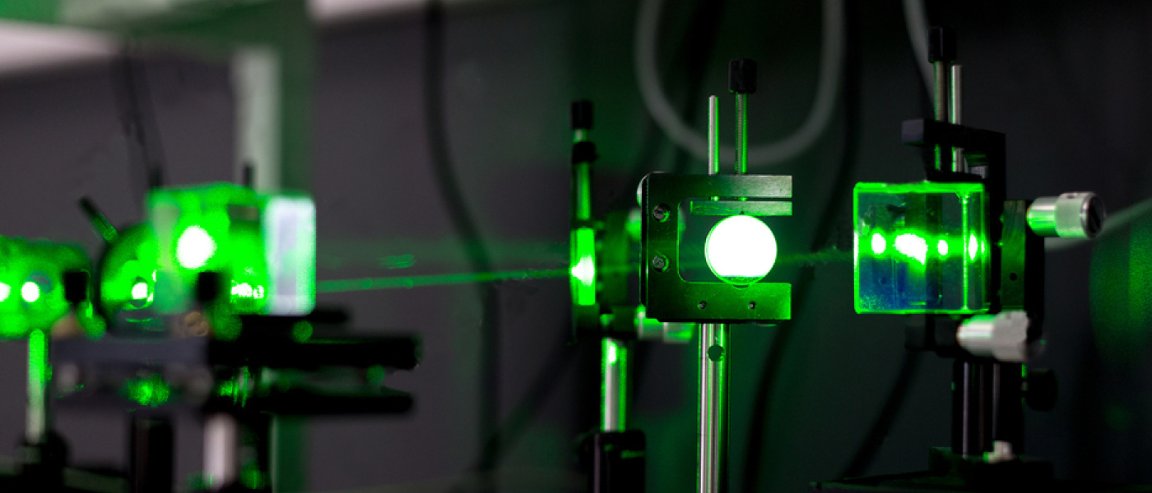
Predicting Photons
A machine’s computing power comes from its capacity to make calculations. For conventional computers, these calculations are carried out using electronic gates and switches found in transistors. Through the transistors, information is translated into binary code, which is made up of 0s and 1s. All the computing power in the world — from your mobile device to your laptop computer — works using these 0s and 1s.
However, there is a computing system — generally known as a quantum computer — that doesn’t rely on binary. Instead, it uses particles that interact at a subatomic level to translate information into quantum bits, called qubits. These qubits are capable of being both a 0 and a 1 at the same time, thanks to a phenomenon known as quantum entanglement.
In short, quantum computers are capable of more sophisticated computations. To demonstrate this, a team of researchers from the University of Science and Technology of China (USTC) at Hefei in Anhui built the first kind of quantum computer that’s faster than the early generations of conventional computers — which were built in the 1940s.
Pan and his team used their machine to compute photon behavior — a feat conventional computers find difficult due to the unpredictable nature of photons. The results of this boson sampling machine showed that their machine performed about 10 to 100 times than the first electronic computer (called ENIAC) Pan said.
A Case for Quantum Computers
While the Hefei machine doesn’t have much use in the practice sense — aside from predicting protons — it does prove the ability of quantum computers to perform such complex computations. Its sampling rate, according to Pan’s team, was at least 24,000 times faster than its international counterparts. “Our architecture is feasible to be scaled up to a larger number of photons and with a higher rate to race against increasingly advanced classical computers,” the team wrote in their research paper, published in the journal Nature Photonics.
The use of boson sampling machines was first proposed by University of Texas at Austin professor Scott Aaronson. One of its main purposes, he said, was to prove that quantum computers could perform better in a specific area of complex computation compared to other existing types of computers. “Doing so would answer the quantum computing skeptics and help pave the way towards universal quantum computation,” Aaronson said.
This is where the Hefei machine’s value comes in: “It’s a step towards boson sampling with say 30 photons or some number that’s large enough that no one will have to squint or argue about whether a quantum advantage has been attained,” he added. As far as Pan is concerned, in a few years time, their machine would be able to eclipse all of the supercomputers in the world in performing these calculations.